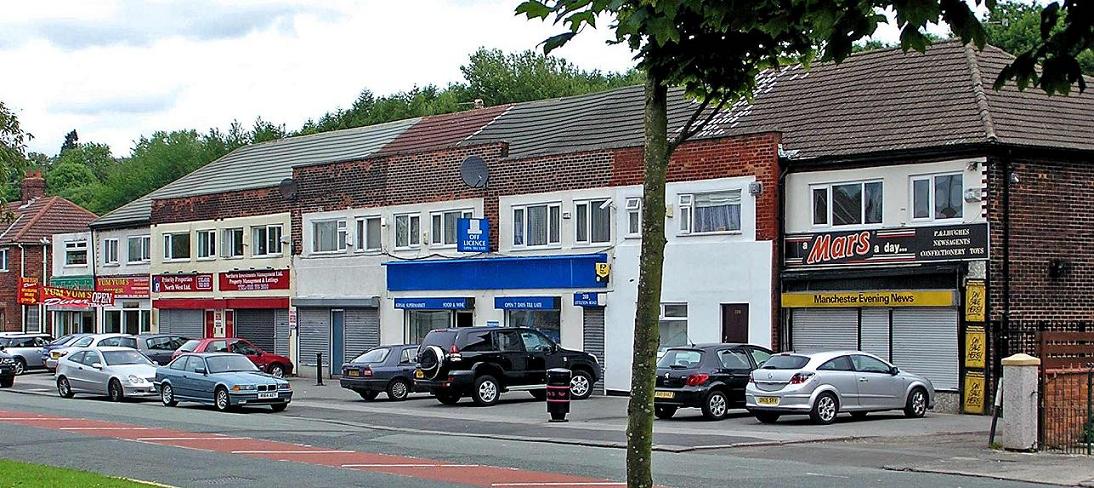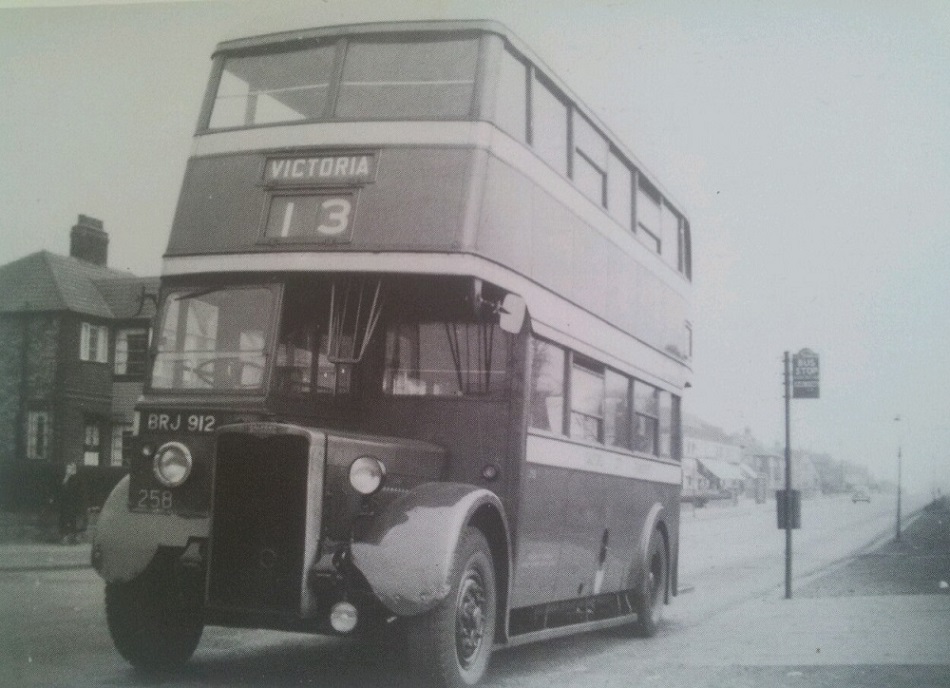
A view looking back down Littleton Road towards Cromwell by Eddie Smith
Kersal Cell as it is today. It seems to have been reduced to its original size. The original 16th century house was extended much to the annoyance of 'Townships: Broughton', A History of the County of Lancaster: Volume 4 (1911) which stated
"The house now called Kersal Cell occupies the site of the old religious house. It is a small two-story building of timber and plaster, much altered from time to time, but probably dating from the middle or end of the 16th century. It stands on low ground near a bend of the River Irwell, facing south, with the heights of Broughton and Kersal Moor immediately to the north and east. In more recent times a large brick addition has been made on the north, and extensions have also been made on the east in a style meant to harmonize with the timber front of the older part. The original house, which possibly is only a fragment of a larger building, has a frontage of about 56 ft. and consists of a centre with a projecting wing at each end. The west wing has a bay window in each floor, but the east wing has an eight-light window and entrance doorway on the ground floor and a slightly projecting bay above. Both wings have gables with barge boards and hip knobs, but the timber construction is only real up to the height of the eaves, the black and white work in the gables being paint on plaster. This is also the case with the east end and the whole of the front of the later extension on the same side. The roofs are covered with modern blue slates, and the west end is faced with rough-cast. The general appearance at a distance is picturesque, but at close view the house is too much modernized to be wholly satisfactory, and it is dominated by the brick building on the north, whose roof stands high above that of the older portion."
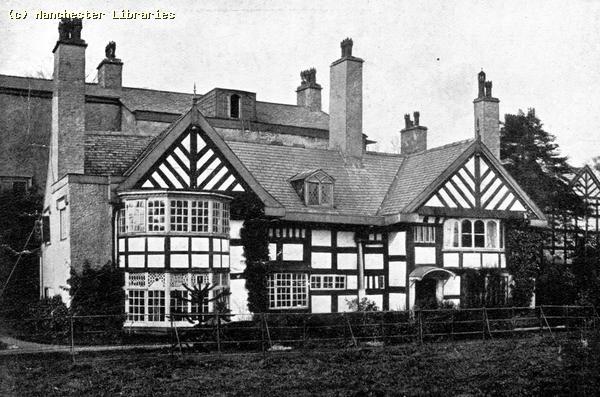
The extended building can be seen in this older picture. Below are three pictures of Kersal Cell in 1971. They show how pretty the building was and the area.
And finally you can see how green the area was in 1971.
Towards the end of Littleton Road looking towards Cussons by Eddie Smith.

A picture of the shops on Littleton Road near Cussons in 1981
The shops at the Cussons end of Littleton Road (2007) where I bought many a jublee as a kid. For a comparison between 2007 and 1981 roll your mouse over the image.
Littleton Road in 1963 looking back towards the shops. Roll your mouse over the image for the same spot 50 years later on the 23rd May 2013.

A couple of photographs of the number 13 on Littleton Road in September 1975. Thanks to Ted Robinson.
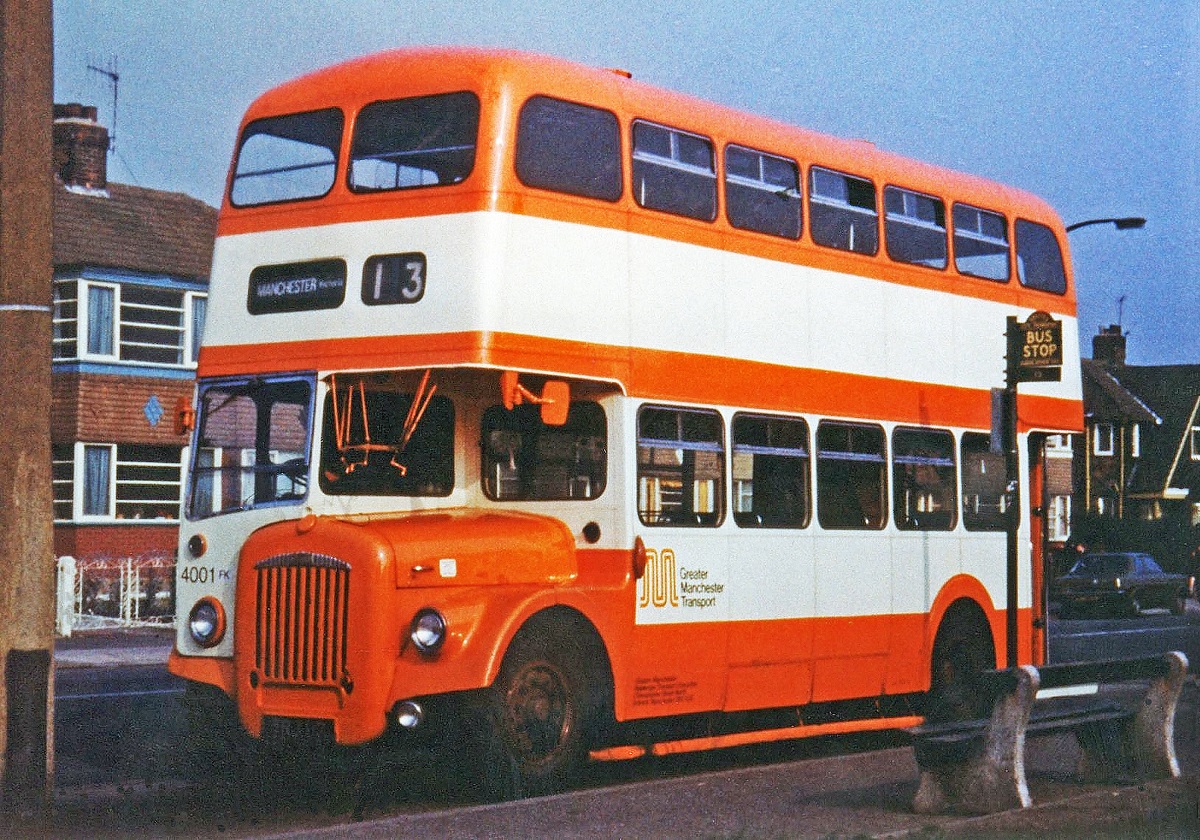

A wonderful but undated colour image of Cussons and the Cooling towers.
An old picture of Cussons. Presumably sometime in the late 1970s or early 1980s.

An undated picture of Cussons however it does look like the 1970s.

A good view of Cussons from the old car park in 1985.
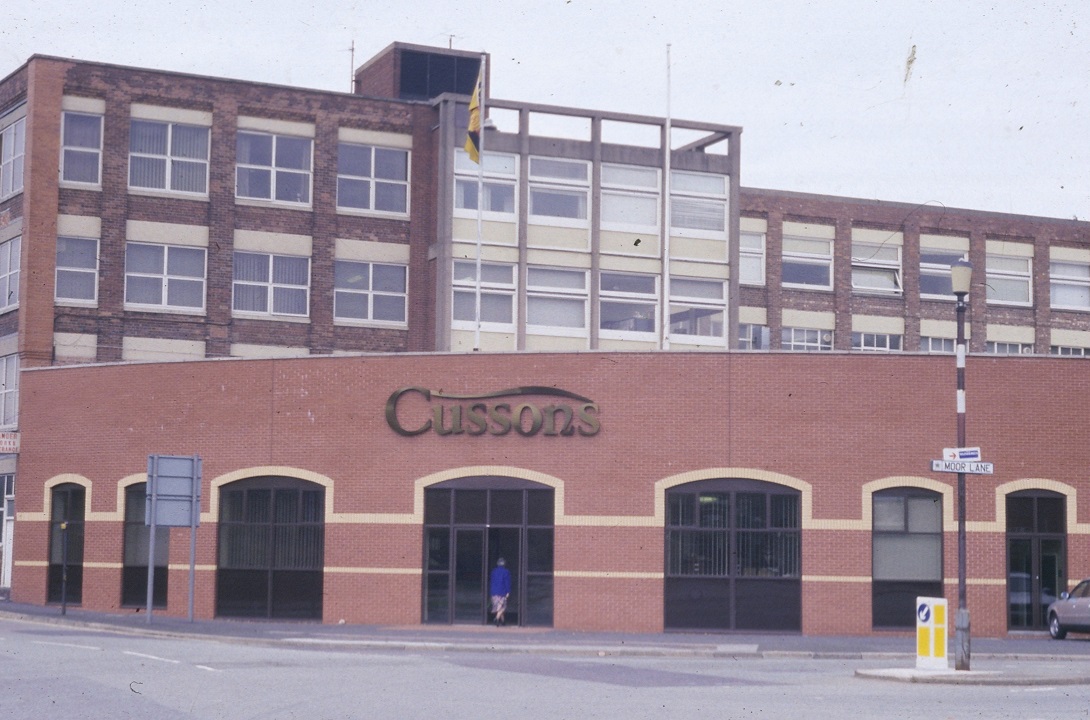
A view of Cussons soap works in 1994.

The Cussons factory at the end of Littleton Road. The factory was established by Alexander Tom Cussons in 1920. The factory employed quite a few people from Kersal. In 1988 long after I left Kersal I had a summer job here after I completed my A Levels and was waiting to go to University. However the factory is due to close soon. "PZ Cussons plans to shut its long-established plant at Kersal Vale and move to a 10-acre site at nearby Agecroft in 2008, manufacturing liquid soap, washing-up liquid and shower gel for the British market" See here
And finally some pictures of the Cussons building being demolished in 2010.

